The Allure of Offbeat Travel: Why You Should Explore Lesser-Known Destinations.
Offbeat travel offers a refreshing alternative to traditional tourist hotspots, allowing travelers to immerse themselves in unique experiences and cultures. When you venture into lesser-known destinations, you often discover a sense of authenticity that is rare in more popular locales. This allure is driven by the promise of solitude, personal connections, and the opportunity to explore uncharted territories.
Moreover, exploring offbeat destinations often leads to unexpected encounters with local residents and the chance to create lifelong memories. By stepping off the beaten path, travelers can forge deeper connections to the places they visit, making their experiences more enriching and meaningful.
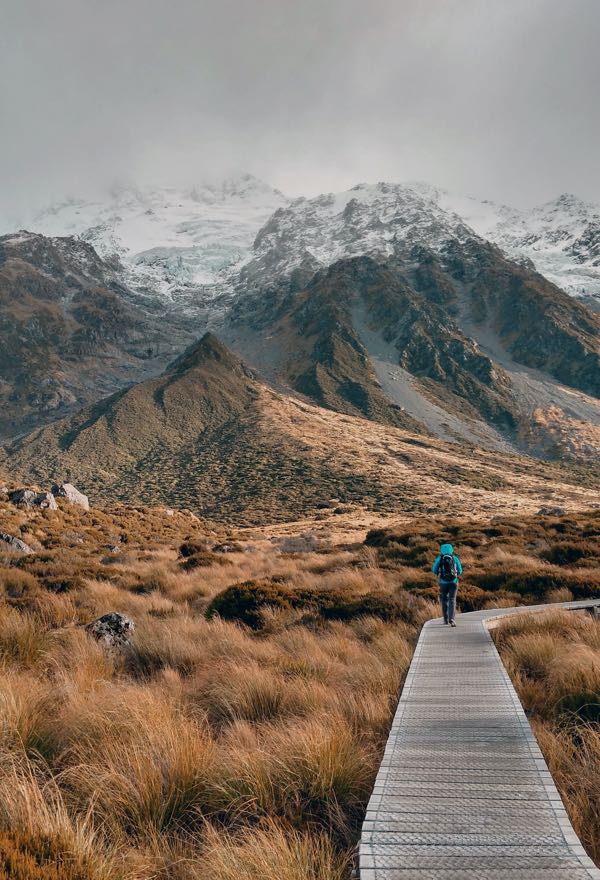
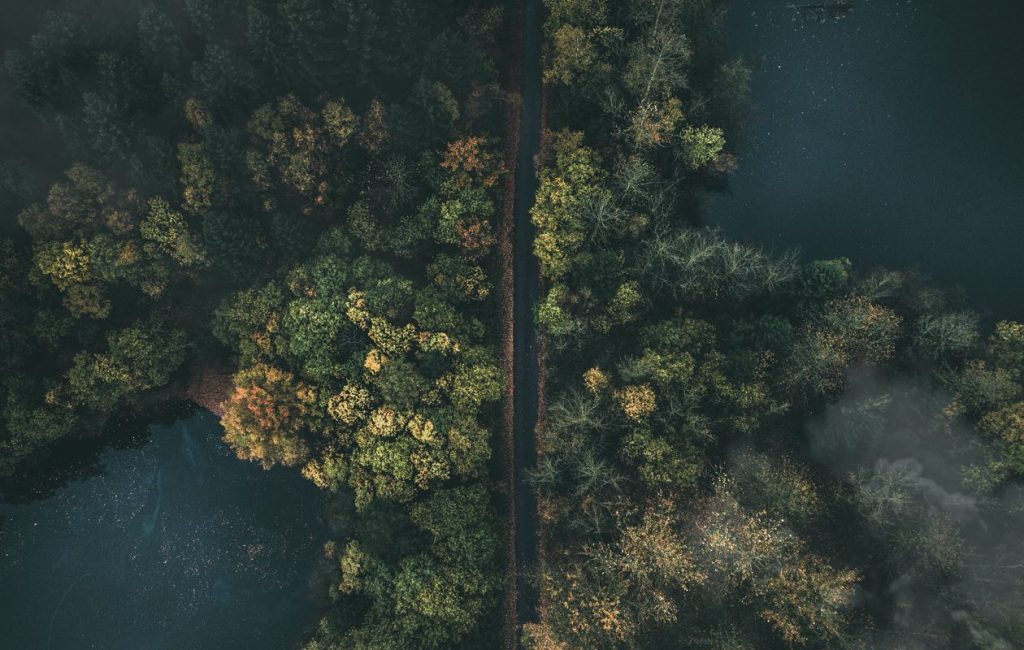
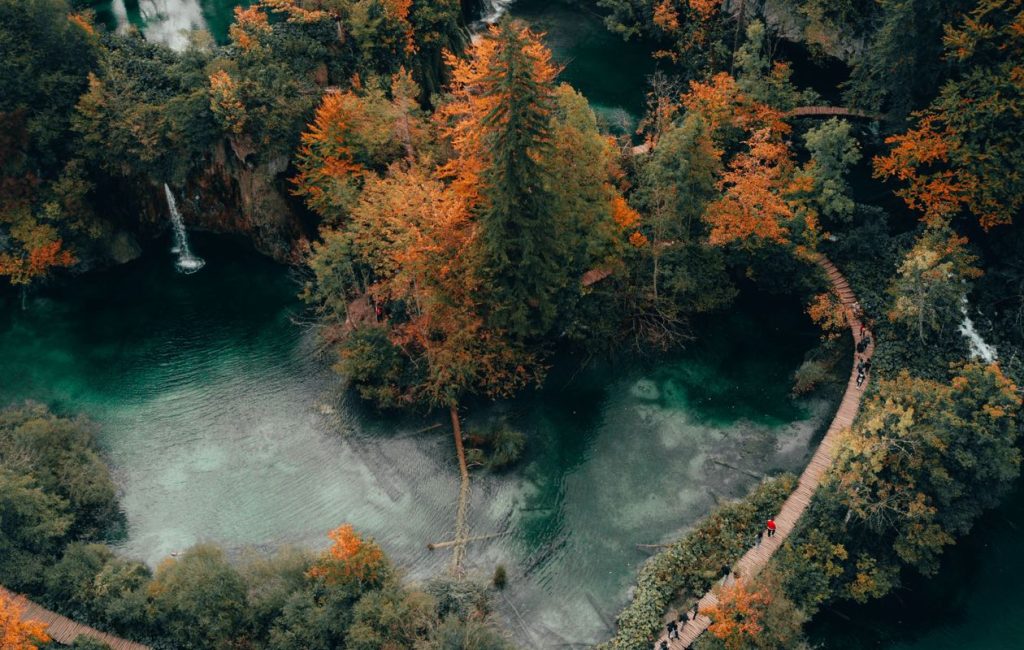
Hidden Gems: Top Lesser-Known Destinations Worth Visiting.
Some hidden gems around the world beckon adventurous travelers to uncover their secrets. For instance, the picturesque village of Gjirokastër in Albania boasts Ottoman-era architecture and stunning mountain views, while the coastal town of Piran in Slovenia offers charming streets and delectable seafood. These locations provide a serene escape from the hustle and bustle of more frequented tourist destinations.
Exciting village of Gjirokastër
Gjirokaster, also known as the “Stone City,” is a UNESCO World Heritage Site and one of Albania’s most charming and historic destinations. With its cobbled streets, traditional Ottoman-era architecture, and stunning hilltop castle, it’s a must-visit city rich in culture and history.
The city dates back to at least 2000 BCE, with its name meaning “Silver Castle” first recorded in the 14th century. Its old town is a fairy-tale-like area filled with artisan shops, local cuisine (don’t miss Qifqi!), and unique cafes like Te Kubé, located beneath the old mosque and known for its quality coffee and fast Wi-Fi.
The Citadel of Gjirokaster is a highlight, offering panoramic views and housing military relics, a clock tower, and two museums: the excellent Museum of Gjirokastra and the intense National Museum of Armaments, located in a former political prison.
Another key attraction is the city’s many manor houses, with over 500 preserved. The most impressive is the Zekate House, built in 1811, offering guided tours and rich historical insight. Skenduli House is also worth a visit, although less informative without a guide.
Spend at least 2–3 days here to fully appreciate the history, architecture, and relaxing atmosphere of Gjirokaster.
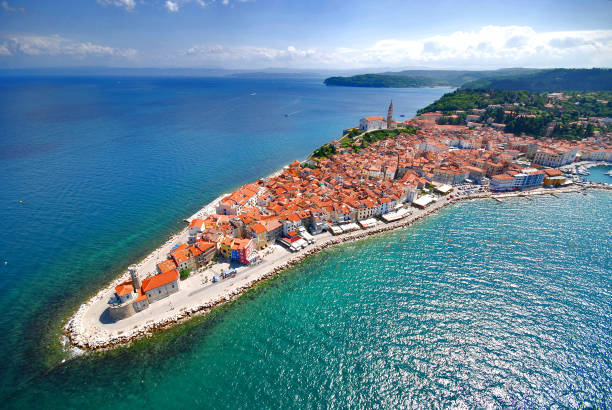
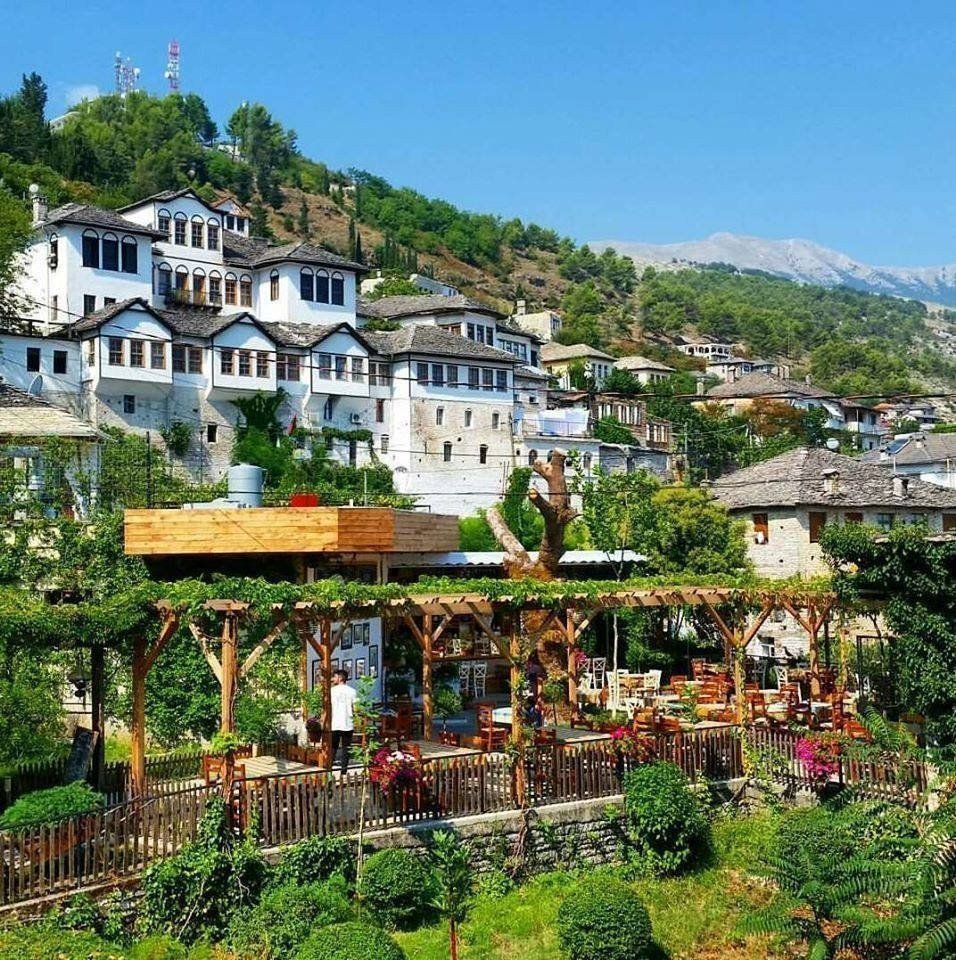
Trip to coastal town of Piran in Slovenia
Nestled between the Adriatic Sea and the Istrian Peninsula, Piran is one of Slovenia’s most captivating coastal towns. With its cobblestone streets, pastel-colored facades, and strong Venetian influence, Piran is like a living postcard. From St. George’s Cathedral overlooking the town to golden sunsets at the port, Piran offers both natural beauty and historical depth.Piran’s origins date back to the Iron Age with the Istrians. It later became a Roman port and then flourished under the Venetian Republic from the 13th to 18th centuries, thanks largely to the nearby Sečovlje salt pans. This “white gold” financed the construction of its medieval walls, churches, and palaces. After Venice’s fall, Piran passed through various empires before becoming part of independent Slovenia in 1991. Today, its architecture and traditions continue to reflect its Venetian legacy From Ljubljana: 90-minute drive via A1 motorway or 2-hour bus ride.
From Italy (Trieste): 40 km away; ideal for a short trip.
Summer ferries also connect Piran with Venice and other Adriatic towns.
The historic center is pedestrian-only, with parking available on the outskirts (e.g., Fornače Garage with free shuttle)
Tartini Square: Piran’s central square, named after violinist Giuseppe Tartini. Surrounded by historic buildings and buzzing with summer events.
Piran Port & Promenade: Great for strolling, dining, and boat trips to hidden coves and diving spots.
St. George’s Cathedral: Offers panoramic views of Piran, the Adriatic, and even Italy and Croatia on clear days.
Beaches:
- Punta Beach: Next to the lighthouse, popular for swimming and sunset views.
- Fiesa Beach: Quieter and family-friendly, with calm waters and a nearby lake.
Fritolin pri Cantini: Informal, authentic seafood in a quiet alley.
Restaurant Pavel: Upscale dining with sea views; try the grilled branzino or stuffed squid.
Gostilna Park: Family-run spot offering traditional Slovenian dishes, fresh fish, pastas, and the classic dessert gibanica
Piran blends history, culture, and coastal charm into one unforgettable destination. Its Venetian heritage, picturesque setting, and relaxed atmosphere make it a perfect place to explore for a day—or linger for several
Additionally, lesser-known places like the Isle of Skye in Scotland or the ancient ruins of Hampi in India offer breathtaking landscapes and rich histories that are often overlooked. Visiting these hidden gems not only enhances your travel experience but also supports local communities that thrive on tourism
Trips to Isle of Skye in Scotland
The Isle of Skye, located in the Scottish Highlands, is the largest island in the Inner Hebrides and a top travel destination known for its breathtaking landscapes and rich history. Its capital is Portree, with many notable villages across the north and south of the island.
Skye offers a wide range of accommodation options including B&Bs, cottages, hotels, and campsites. Visitors can explore historical sites such as clan castles (MacDonald and MacLeod), discover dinosaur fossils, and learn about the Jacobite Rebellion.
Outdoor enthusiasts can enjoy walking, climbing, and wildlife watching. The island is home to rare species like sea eagles, otters, seals, and dolphins. The Cuillin Range features 12 Munros for serious climbers, while the Trotternish Ridge and various coastal walks cater to all levels.
The island also boasts arts, crafts, and boat tours—making it a perfect destination for culture, adventure, and nature lovers.


Exploring the ancient ruins of Hampi in India
Hampi, located in Karnataka, India, is the ruined capital of the Vijayanagara Empire (14th–16th centuries), and a UNESCO World Heritage Site. Spanning over 4,000 hectares, its dramatic landscape includes rocky hills, the Tungabhadra River, and remnants of temples, royal complexes, water systems, and markets.
Hampi showcases the pinnacle of Dravidian architecture, especially the Vitthala Temple with its iconic stone chariot, ornate mandapas, and advanced water systems. Its layout reflects a well-planned city that harmonized sacred, royal, and residential spaces, all deeply integrated with the surrounding environment.
It is recognized under UNESCO criteria for its unique artistic creation, its testimony to a lost civilization, and its historical significance marked by the Battle of Talikota in 1565, which led to its decline.
Despite challenges from modern development, the site’s integrity and authenticity remain largely intact. Protection is ensured through national and state laws, with coordination between local and national authorities under the Hampi World Heritage Area Management Authority (HWHAMA). Ongoing conservation efforts focus on sustainable development, cultural preservation, and effective heritage management.
- Sources & Further Reading:
- UNESCO world heritage convention
- https://www.isleofskye.com/
- https://nomadphotographer.com/
- https://www.barcelo.com/
